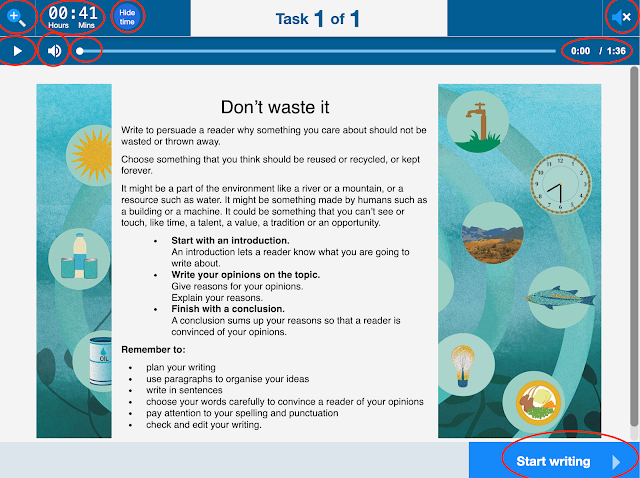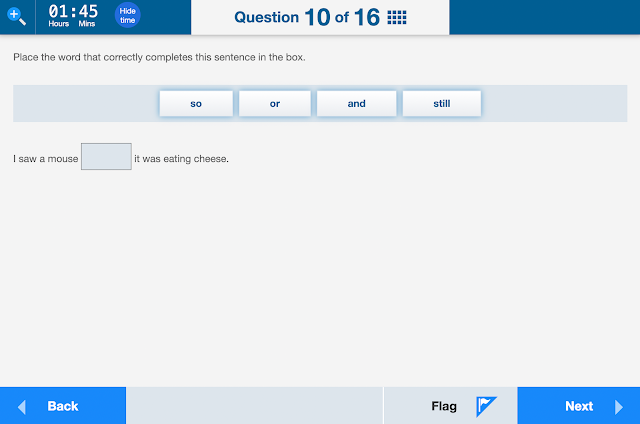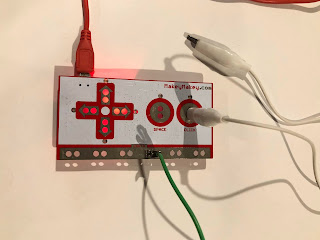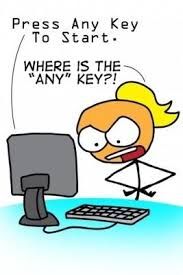How do I teach STEM? 5 project ideas
This post will consider what STEM is, what it isn't and propose 5 ideas for teaching STEM.
STEM is an acronym that encompasses Science, Technology, Engineering and Maths. The acronym was first coined in "2001 by American biologist Judith Ramaley" (Britannica). Prior to this it was referred to as SMET.
STEM is a pedagogy not a subject area. STEM is learning how to teach with a focus on these four areas and this can be done in a low cost way. The best way to spend scarce money is on teacher training and upskilling teachers to improve their pedagogy (ACER, Hattie), rather than expensive rooms staffed by a specialist. If your specialist moves on all the knowledge and skills are lost.
The STEM movement began in the early 2000's when it was noticed American students were underperforming in PISA (Program for International Student Assessment).
The idea is that we consider these 4 subject areas when teaching. Ideally projects are hands on and linked to educational outcomes in the areas of Science, Technology, Engineering and Maths. When designing or sourcing STEM activities you need to understand what educational content descriptor or outcome you are working with.
Schools have spent thousands of dollars on equipment and teach how to the devices and call it STEM. For example learning to use ozobots and spheros is done in a technology lesson. This is not STEM.
STEM is solving a problem with spheros and ozobots such as:
- Creating a device to move a small object across a room to simulate a rover on mars or an automated machine in a mine using a sphero.
- Creating a streetscape of autonomous vehicles using ozobots
Learning to use a 3D printer or a Laser Cutter is an ICT capability. This is not STEM.
STEM is design using 3D software to create projects to solve a problem.
- Design and prototype models of play equipment for a purpose built all abilities playground.
STEM IS NOT...
STEM is not exclusive to the detriment of the Arts and HumanitiesSTEM is not novelty projects
STEM is not learning to use a laser cutter or 3D printer
STEM is not creating a green screen movie
STEM is not beading, marshmallow towers or lolly catapults
STEM is not creating an Easter bonnet or craft activities
STEM is not just for specialist teachers
STEM is not surface learning of Science, Technology, Engineering and Mathematics
STEM is not a dedicated space
STEM does not require a specialist room
STEM does not require expensive materials
STEM is...
STEM projects include 2 subjects or more of the acronymSTEM is hands on
STEM does get messy
STEM requires deep investigations into topics on Science, Technology, Engineering and Mathematics
STEM links to every learning area
STEM can be taught by every teacher in every learning area in every year of school
STEM does require...
A budgetPlanning of resources
Planning of spaces
Links to thematic teaching
Teacher training for those not confident to teach it. (ACER, Hattie 2003)
Integration into regular classroom activities
Adding the A to STEM
Adding the A to STEM excludes the other subject areas and the risk is people will think that adding a coat of paint or making a project look pretty is STEAM. STEM fits perfectly into the Arts, just as it can be taught in History, Geography, Languages and all other specialist subject areas.STEAM is not just a coat of paint
STEAM is not just making it look pretty
Idea 1: Micro:bits
- Create a pedometer to track movement
- Conduct a scientific investigation on the best place to wear the microbit
- Design and engineer the microbit wallet or bracelet that will attach the Microbit to your body
- Measure distance of one step compare distance travelled to steps counted
- Investigate the accuracy of the steps
- Research the importance of physical activity on health
Resources
Fitness Friend
Detecting wind
https://research.acer.edu.au/cgi/viewcontent.cgi?article=1003&context=research_conference_2003
Idea 2: Sphero Chariot
 |
| via Sphero Educator Community |
- Creating a device to move a small object across a room to simulate a rover on mars, automated transport in a mine, historical chariot races using a sphero.
- Research uses of chariots, transport, autonomous cars and design
- Research may have been done to identify how to create simulated hazards,
- Design and engineering of the housing to sit over the sphero and support the load
- Create a scale plan of the moon or mine for the sphero to travel
- Learn about angles and distances to cover the required space
Resources
Chariot design ideas @wattstech1, @cristianowhite, @i_heart_science
Idea 3: Ozobots
 |
| Project created by year 4 with Mrs Gooding and Mrs Ebbs |
- Creating a streetscape of autonomous vehicles using ozobots.
- Research street design, interview an urban planner or road engineer
- Design and engineer a road system, this will require multiple designs to establish the best plans
- Consider distances the ozobot has to travel
- Consider road patterns to ensure ozobots don't get caught in a dead end.
- Timing and sensors to prevent collisions
- Research chaos theory
Resources
Search geocity, there are various lesson and project ideas on paid sites and private blogs.
Idea 4: Makey Makey Seismograph
- Create a seismograph that can detect movement of a model
- Research what are earthquakes
- Research what is a seismograph
- Design and Engineer a model and system to detect movement
- Create code to control the makey makey
- Modify the design to detect various intensities of earthquakes
Resources
Detecting earthquakesDetecting wind
 |
| Picture Credit @iMerinet |
Idea 5: eTextiles
- Create a product that integrates e-textiles
- Research materials
- Research patterns
- Research fabric and materials suited to the project
- Design circuits and application to fabric
- Design code to control lights and sensors
- Engineer/Make the project by sewing and hand sewing e-circuit
Resources
STEM Project Ideas
References
https://www.britannica.com/topic/STEM-educationhttps://research.acer.edu.au/cgi/viewcontent.cgi?article=1003&context=research_conference_2003









Comments
Post a Comment